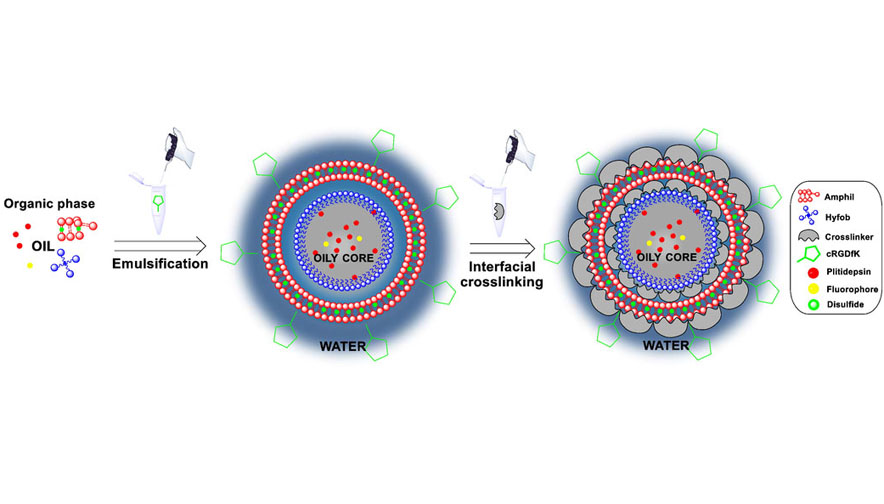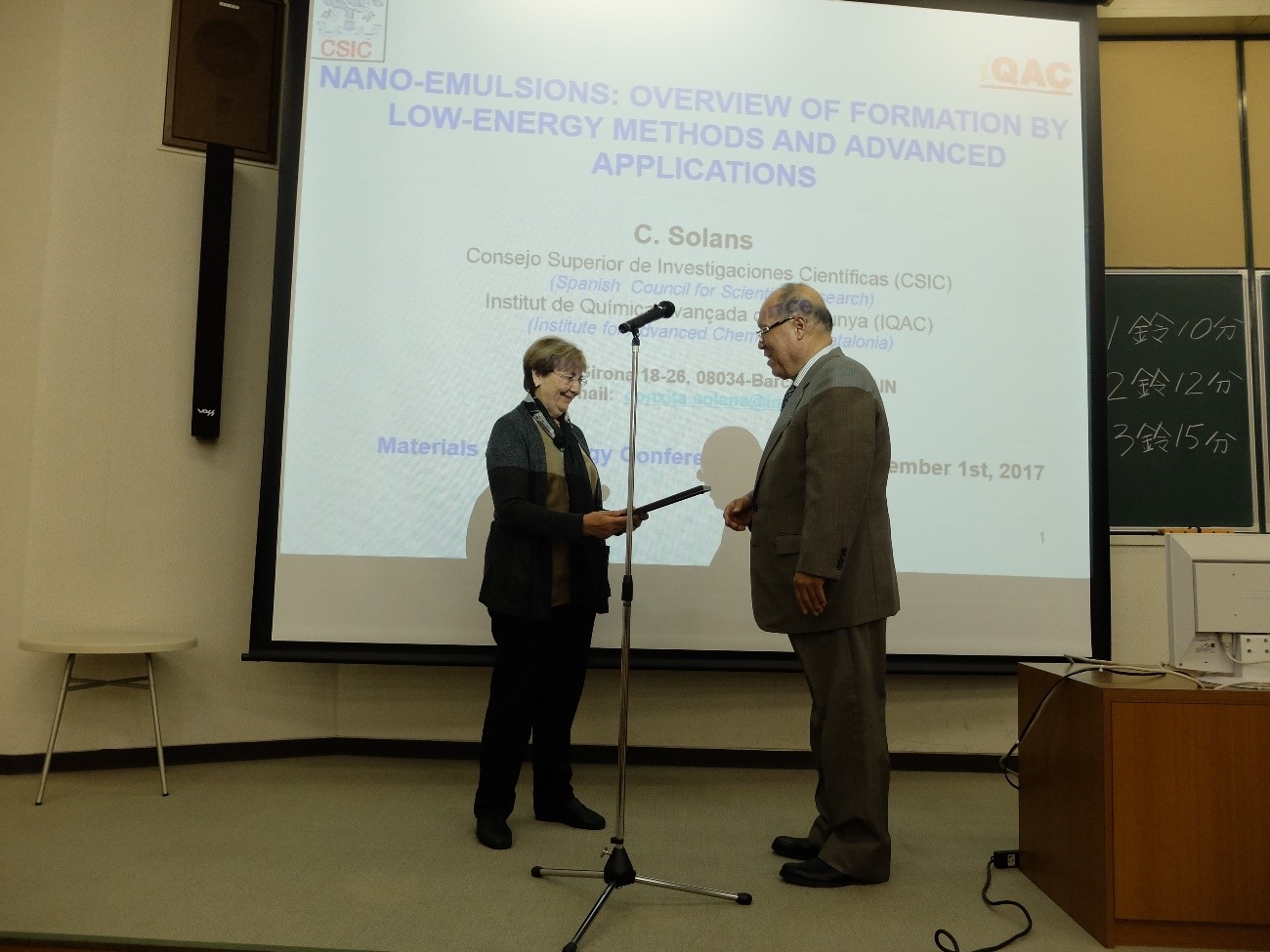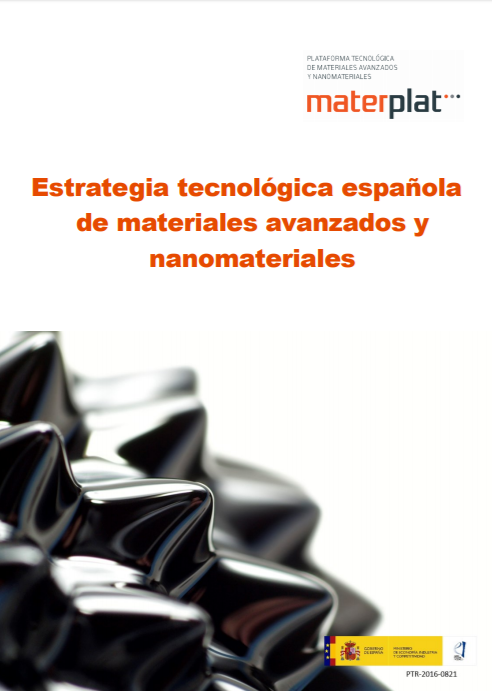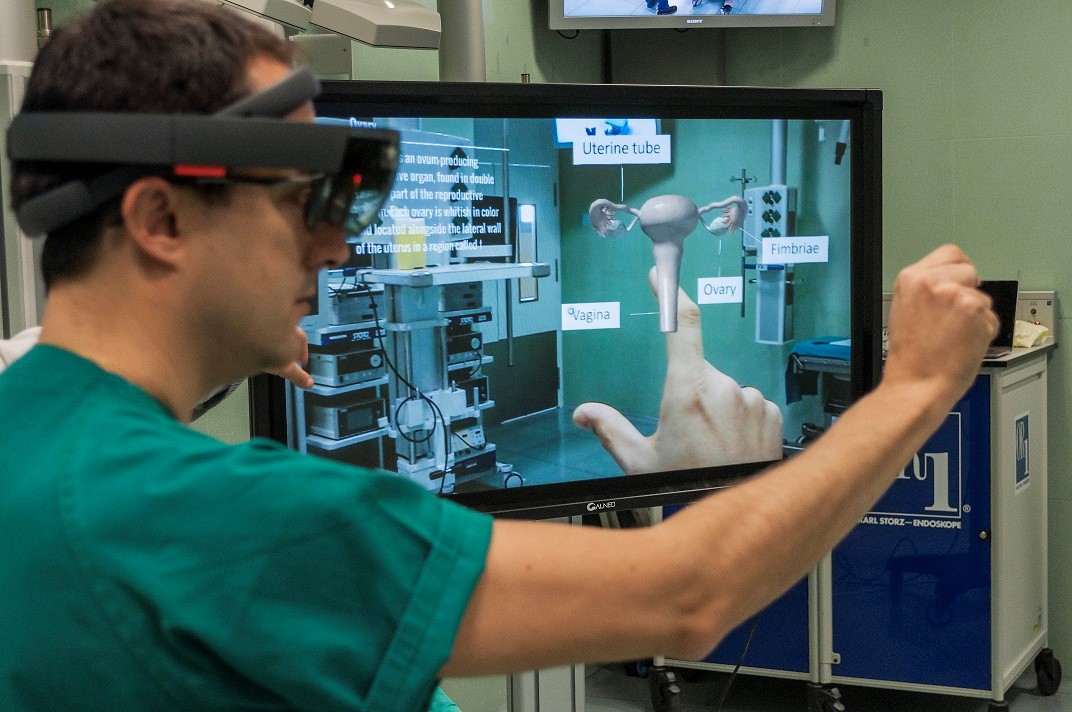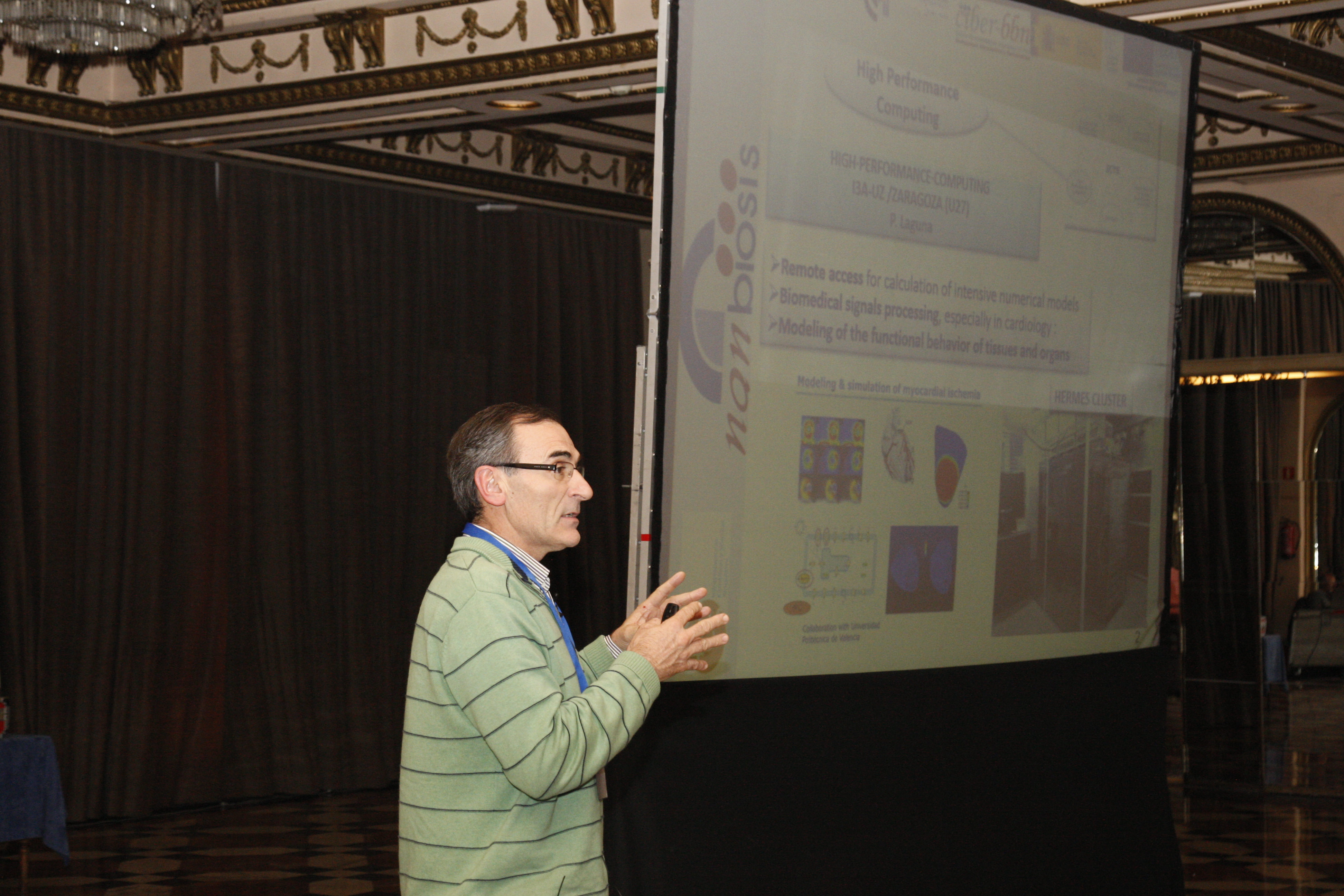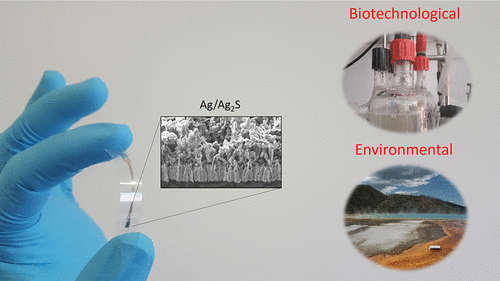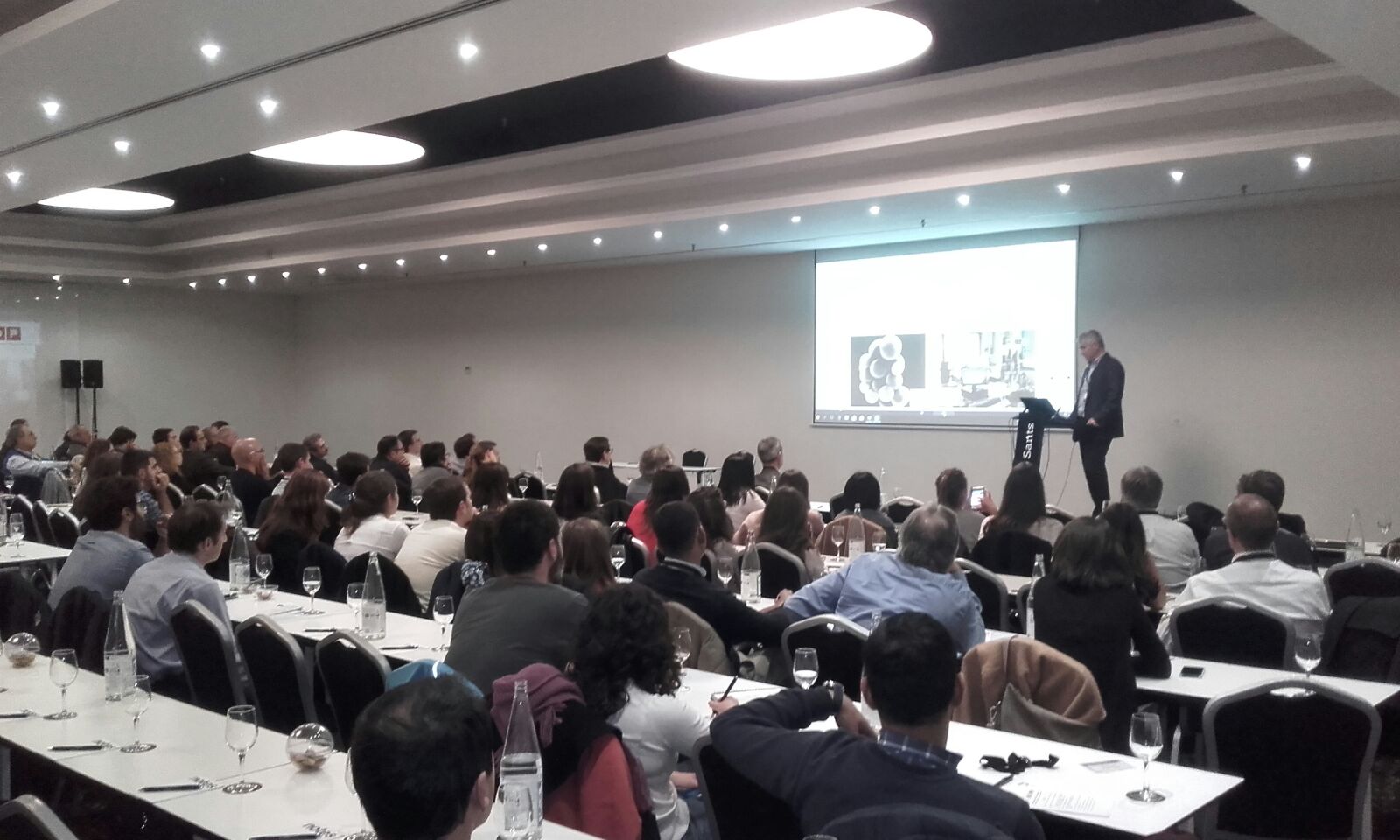Polyurethane and polyurea nanoparticle (PUUa), improves cancer therapy
The national consortium led by the research group of Addressing and Drug Release CIBBIM – Nanomedicine of the Vall d’Hebron Research Institute (VHIR) and led by Dr. Ibane Abasolo, Scientific Coordinataror of Unit 20 of NANBIOSIS, has shown improvement in the effectiveness and specificity of targeted therapy against cancer through the use of polyurethane-polyurea nanocapsules (PUUa), a nanoparticle with a proven targeted release, very useful for drugs with a high level of toxicity and low specificity of distribution. This nanoparticle has been developed by the research section of the Catalan company EcopolTech and Unit 20 of ICTS Nanbiosis has participated in vivo nanoparticle biodistribution assays, following the tissue accumulations of fluorescently labeled nanoparticles by means of the IVIS-Spectrum equipment.
The study was based on the encapsulation of the drug Plitidepsin produced and patented by the Spanish pharmaceutical company PharmaMar SA. This drug, which was found in a marine invertebrate of Mediterranean origin and has proven efficacy in laboratory studies, also has a hydrophobic nature that makes its use in humans difficult. The nanoparticle PUUa, by covering the drug, improves biodistribution and reduces the toxicity of the drug, in addition to dramatically reducing the concentration necessary for its therapeutic function. Thus, it potentially increases the use of Plitidepsin in therapy for several types of cancer.
The nanocapsule is based on a shell made of, an RGD peptide to direct the nanoparticles to tumor cells and other fractions that ensure that the drug is released in environments with a high content of glutathione, a molecule that is found in high concentrations inside the tumor cells. Once inside the cell, the drug content is released and therapeutic function begins, highly effective in glioblastoma, colorectal cancer and breast cancer.
The research and synthesis of this nanocapsule has been carried out in collaboration with the Biomedical Research Institute, the CIBBER-BBN, and the companies Ecopol Tech SL and PharmaMar SA.
The importance of nanomedicine in cancer therapy:
In nanomedicine, a nanocapsule refers to an organic and biodegradable nanometric container that contains other molecules inside it, to be released once they reach their destination. In the case of cancer treatment, nanocapsules contain drugs that are usually hydrophobic and if they are administered naked (or without being wrapped by the nanocapsule), they are vulnerable to detection and digestion by macrophages – which reduces the effective accumulation of the drug in the tumor cells-, in addition to presenting a high toxicity both for the tumor cells of interest and for the healthy cells of the individual. These immunological barriers cause the administration at high concentrations of the drug chosen for the therapy, which leads to the known side effects of chemotherapy and the appearance of resistance.
Encapsulation can solve these problems: it prevents the elimination of drugs by macrophages, they circulate for a longer time through the blood flow, and they have improved permeability and retention. All because they are more specific covers and less toxic to the human body. Some of these nanomedicines are already being used in oncological patients, such as Myocet ™, DaunoXome ™, Depocyt ™, Abraxane ™, Genexol- * PM ™, and more recently, Onivyde ™: and all have improved the survival of cancer patients in a significative way.
And the research goes further, since the CIBBIM – Nanomedicine Pharmacological Surveillance and Release group of the VHIR has been working for ten years to bring the nanomedicines in development closer to patients and is currently working on several European projects in which several studies are being studied. nanoparticles for the treatment of pancreatic cancer, colorectal and breast cancer, Ewing sarcoma and Fabry minority disease.
